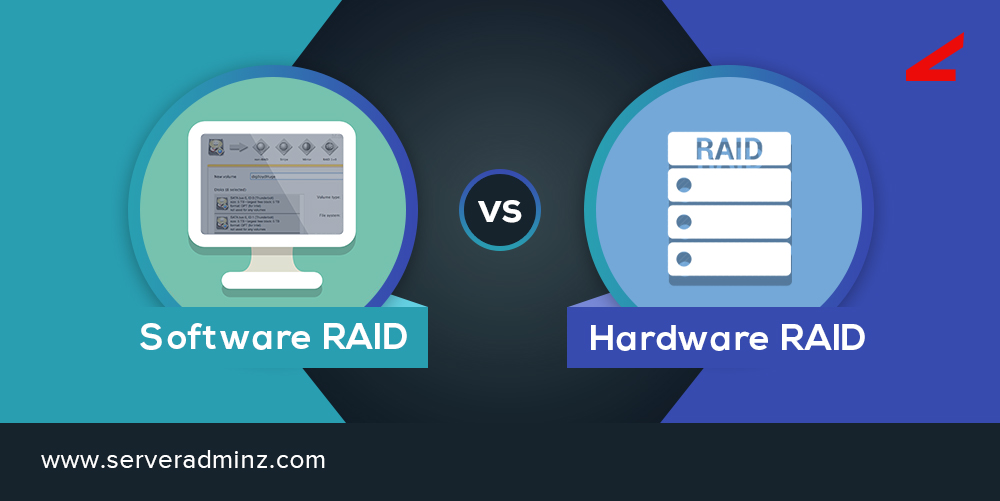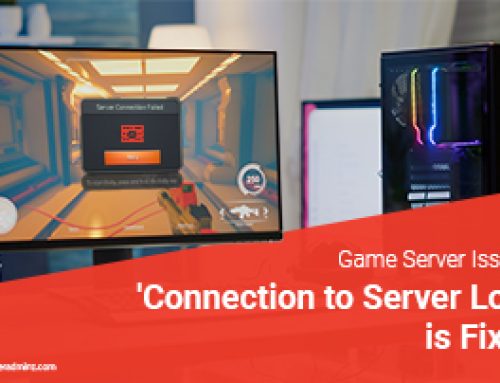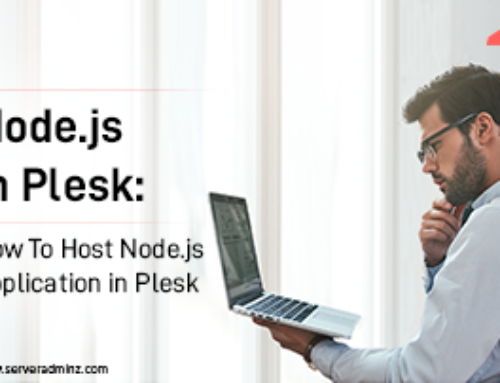RAID (Redundant Array of Independent Disks) is one of the popular data storage virtualization technology.
It combines multiple inexpensive, small disk drives into an array of disks in order to provide redundancy, lower latency maximizing the chance to recover data from the hard when crashed.
RAID can be implemented on servers by two methods.
- Hardware Raid
- Software Raid
Hardware Raid
Hardware RAID is a form of RAID where processing is done on the motherboard or on a separate controller card usually called as raid cards. Here physical controller manages the disks and RAID arrays. This physical controller is connected to the PCI slot of the Mother Board.
A hardware RAID controller contains its specific processor and memory for RAID application running. Due to this, the hardware RAID is constrained to perform only RAID application, unloading this task from the host system.
Advantages of Hardware RAID
- CPU utilization and performance when other applications running. That is the host CPU need not to worry about the raid array.
- Scalability of disk drives that can be added to a system.
- Ease of recovery after a data loss.
- Capability for advanced data management/monitoring.
- Ability to manage disk drives consistently across different operating systems.
- We can add battery backup option that allow to enable write caching on the RAID controllers to enhance write performance of the system.
Software Raid
The performance of software RAID is controlled by the host server itself. That is the software RAID is fully controlled by the Operating system and it utilizes the CPU of the host system to run and manage the raid arrays. The software RAID does not need any external controllers, so it is one of the cheapest methods to implement RAID. The software RAID arrays are slower than the hardware RAID because it uses the host system resources to run and maintain the raid array.
Advantages of Software RAID
- Being built into the OS, Software RAID is cost-effective as it requires no extra cost for the RAID functionality except additional disk drives.
- You don’t have to spend time in installing, configuring or managing a hardware RAID controller
- Software RAID suits well for simple RAID 0, 1, 10 scenarios
Disadvantages of Software RAID
- Software RAID depends on the host system and so if a drive fails on some of the OS or if files get corrupted the raid array crashes and host becomes inoperable.
- If the server load is added the system performance faces an impact by the RAID application
- RAID functionality is limited to the current Operating systems
- As RAID is running on the operating system, Malware, they are more prone to virus attacks.
- Issues in data integrity occurs during a system crash
- Software RAID can run only in write-through mode whereas. Write-back mode significantly enhances the write performance of a RAID array and hardware RAID can run in the write-back mode provided if it has a battery which adds another level of data protection. Software RAID does not provide a privilege to add battery.
ServerAdminz is a server support company specialized in Outsourced 24/7 Web Hosting Support, Remote Infrastructure Management, NOC, Cloud and Enterprise Security Services. With over 10+ of years of experience in working with major Data Centers and ISPs with 130+ experienced technicians, we continue to manage more than 49,000 servers from 85+ countries and has bagged 5 international awards.
If you have any queries on hardware RAID and software RAID feel free to leave us a message and our representative will get back to you.[two_third last=”yes” spacing=”yes” center_content=”no” hide_on_mobile=”no” background_color=”” background_image=”” background_repeat=”no-repeat” background_position=”left top” border_position=”all” border_size=”0px” border_color=”” border_style=”” padding=”” margin_top=”” margin_bottom=”” animation_type=”” animation_direction=”” animation_speed=”0.1″ class=”” id=””]






Leave A Comment
You must be logged in to post a comment.